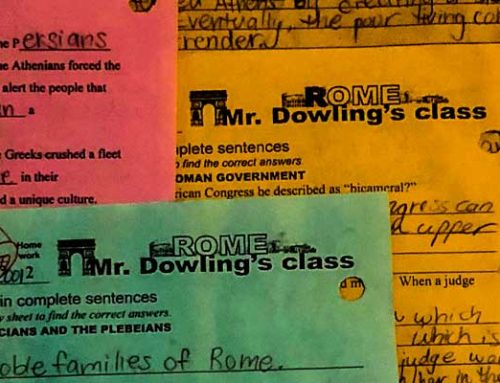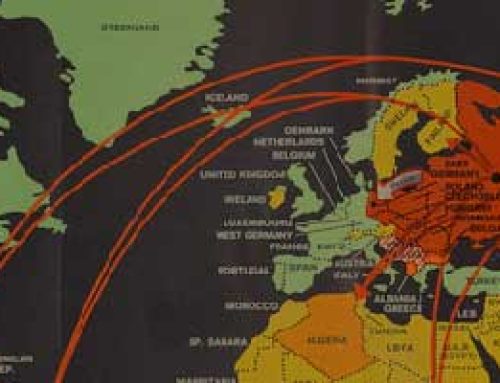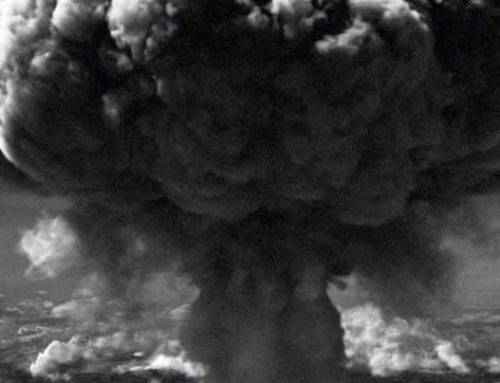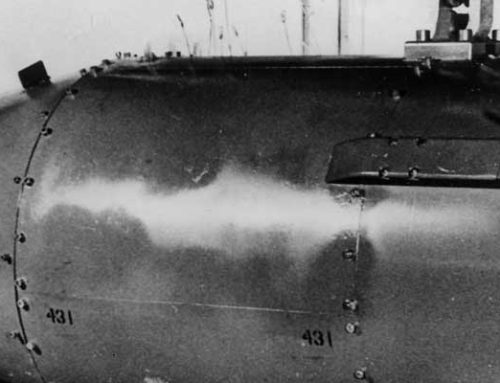President Franklin Roosevelt convinced Congress to lend warships and other weapons to Great Britain. Many Americans opposed the President. These isolationists believed America should not be involved in a European war. That attitude changed when the Japanese attacked Pearl Harbor.
The Axis Powers underestimated the determination of the American people. Factories began operating like never before. Americans worked double shifts to create war materials. American movies and popular music focused on the war effort. The American people out-produced the combined German and Japanese war industries.
The war had many unexpected consequences. Virtually every young man fought overseas, so factories needed workers to supply the soldiers. Many women left their homes and joined the workforce for the first time. The military remained segregated, but many black soldiers served the nation with bravery and courage. The courage and heroism of these patriots were a factor in the eventual desegregation of the armed forces after the war. They played a crucial role in the beginning of the American Civil Rights movement. Finally, the government provided low-cost loans to the soldiers when they returned home from the war. Many impoverished Americans had the opportunity to attend college and start businesses. The war offered new opportunities for many Americans for the first time in history.
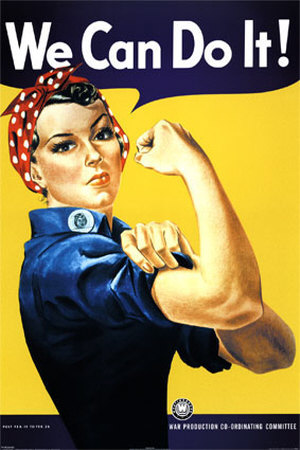
Rosie_the_Riveter
During the war, women sometimes replaced the male workers who were in the military. “Rosie the Riveter” is commonly used as a symbol of the era.
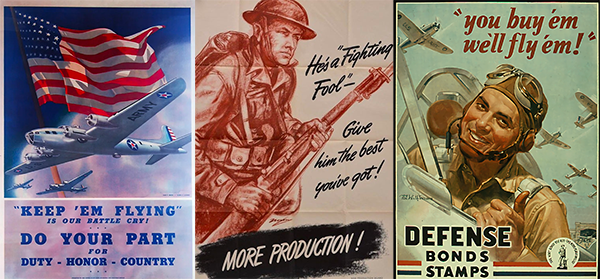
These popular posters encouraged all Americans to support the war effort.
Resources
Download this lesson as Microsoft Word file or as an Adobe Acrobat file.
Mr. Donn has an excellent website that includes a section on World War I and World War II.
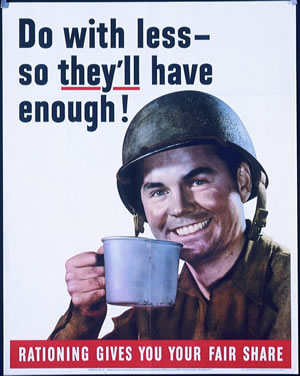
Rationing_poster
The United States rationed food, gas, and even clothing to support the war effort.

